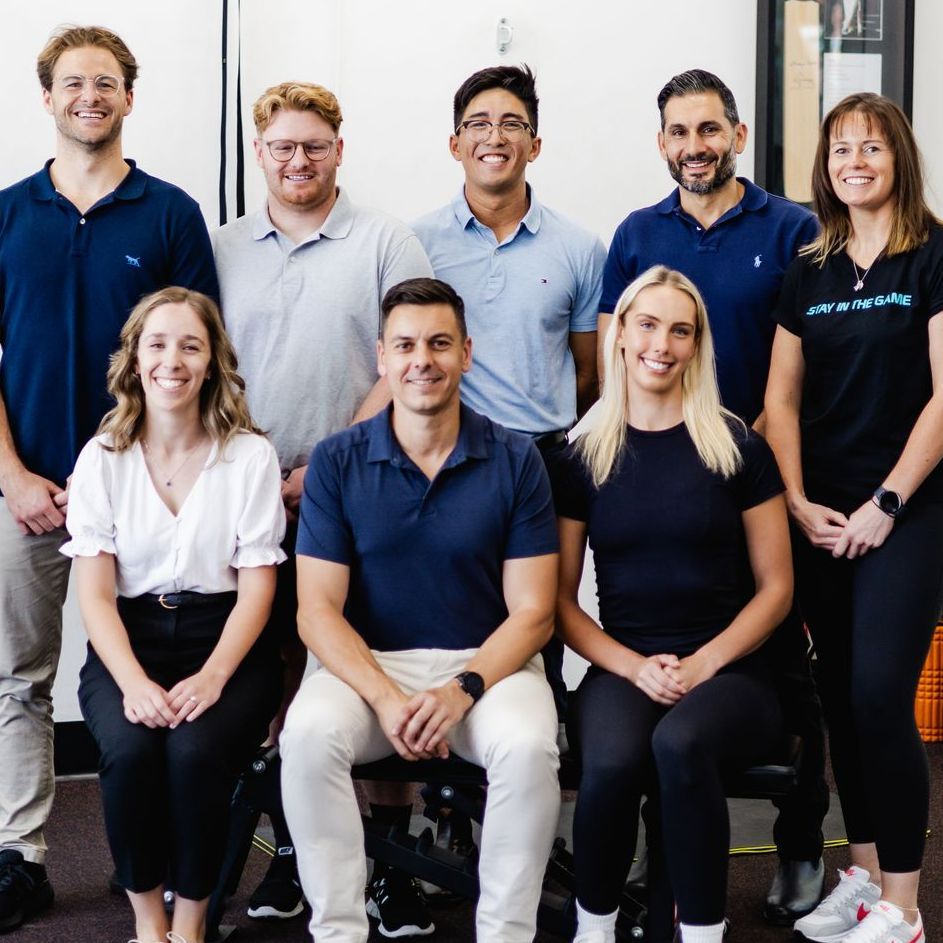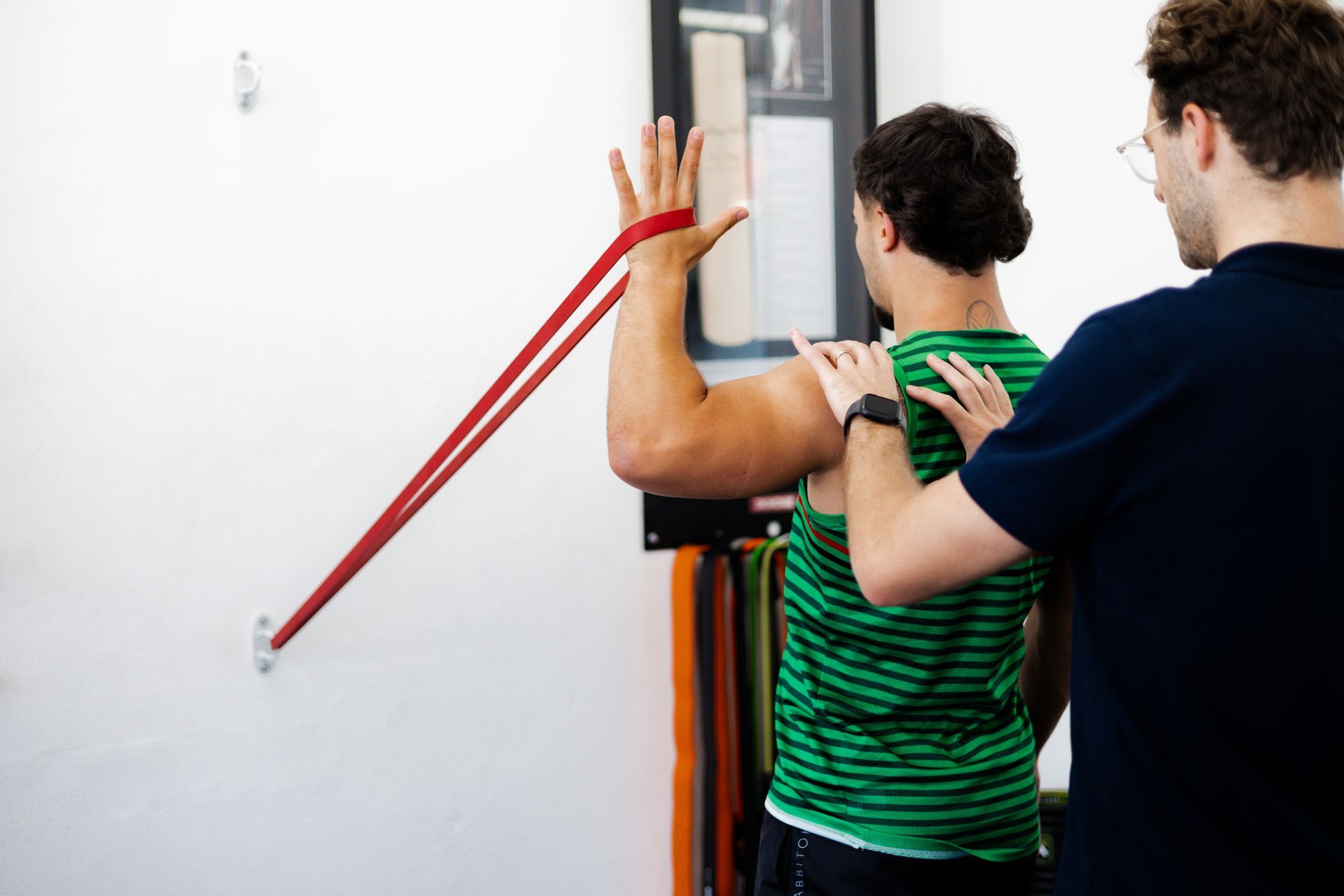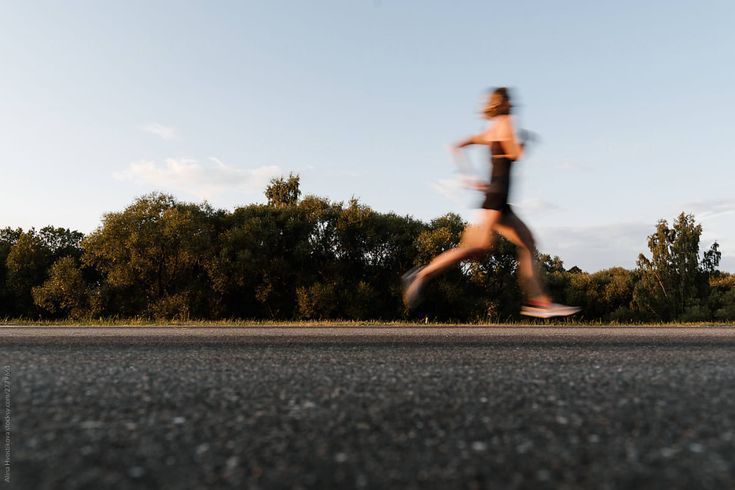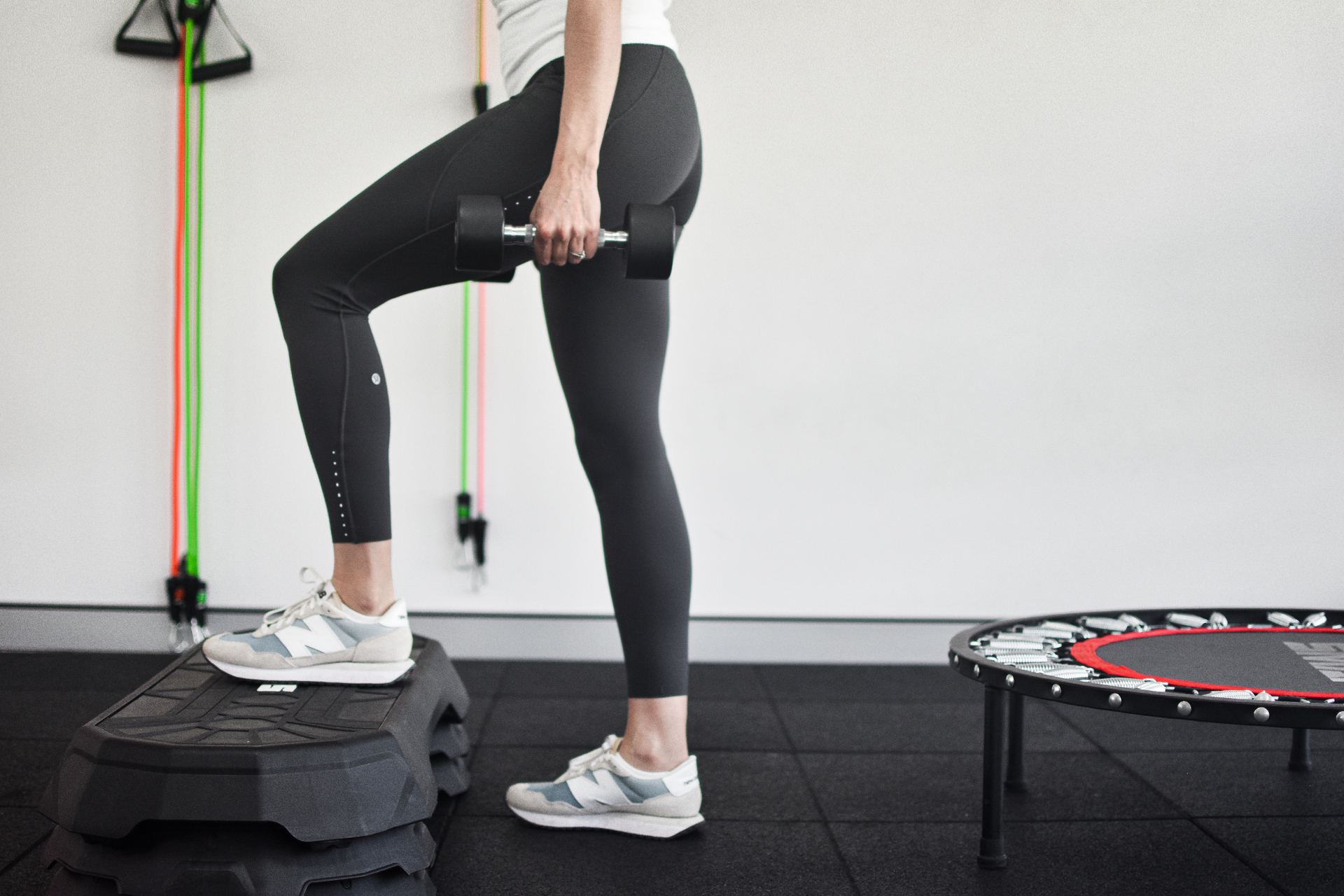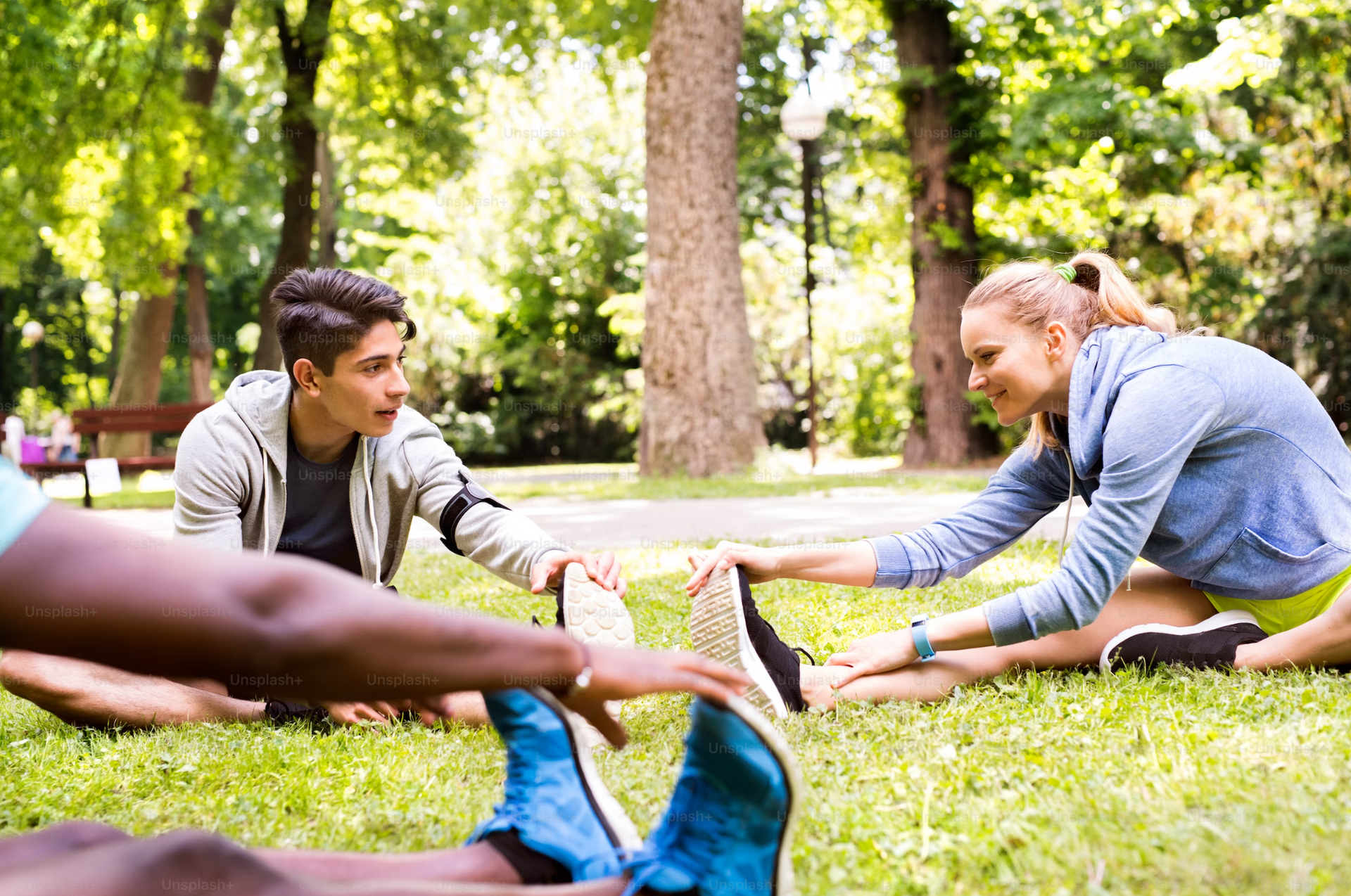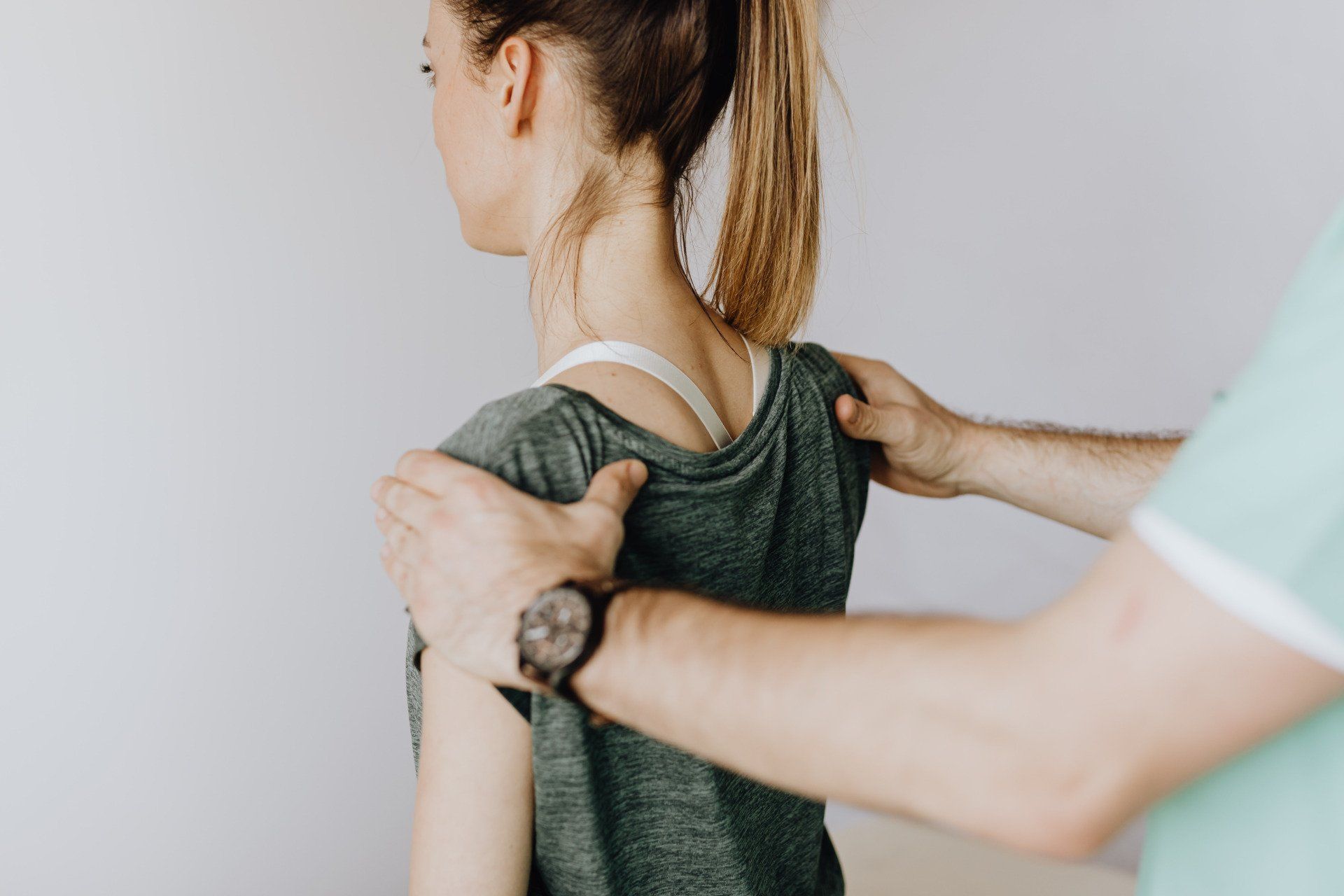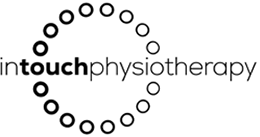My Disc Has Slipped
My disc has slipped!
That is a phrase I hear way too often as a physiotherapist, and it can lead to a poor attitude and approach to how people understand and manage their back injury.
I want to explain the usual timeline that occurs with back pain. Most people will often visit the GP to get some pain medication to help make functional movements bearable. Of course, this is only a band-aid solution for the injury and your pain often persists or worsens. It can become so debilitating that you’re sent off for an X-ray, CT scan or MRI to provide some clarification of what is actually going on beneath the surface. And wallah! It is a ‘slipped disc’. Now you’re probably walking around like the tin man of the Wizard of Oz because you fear any movement that involves the back.
Luckily for you, I’m here to tell you that discs don’t “Slip”. This is a complete misnomer and should never be used to describe a back injury. This term is actually referring to a bulging or a herniation of the disc. These injuries are far more common than you think and, furthermore, these bulges and herniations can exist even in the absence of pain or dysfunction!!
What is a disc?
I want you to picture a jam donut. Like the donut, discs are composed of two parts; a tough outer portion and a soft inner core. The outer layer is designed to withstand large compressive forces and has cartilaginous end plates that firmly attach the disc to the vertebrae above and below.
Together with the inner structure, the discs are designed to act as shock absorbers for the spine. Each vertebral joint in the spine has a disc that sits between each bone and these are surrounded by many spinal ligaments.
What is a disc bulge/herniation?
Discs are incredibly strong. But they do get damaged by excessive compressive or torsional forces. So it’s not a good idea to lift heavy items off the floor with an extremely flexed spine or with a jerking twisting motion. They can also be damaged and deteriorate over time from bad posture, poor movement patterns and simple wear and tear. As the cartilage deteriorates (Think of the outer shell of the donut), the gelatinous nucleus (The inside of the jam donut) starts to push out against and distend the disc. Hence the name, bulging disc. If the nucleus breaks through the outside of the disc, that is then a disc herniation.
Herniations come in two varieties, extrusions or sequestrations. Put simply, extrusions are when the disc material has come out of the disc but is still intact with the remainder of the nucleus. Whereas sequestrations are when a portion of the disc material has come away from the rest and now resides in the layers of the annulus or possibly into the spinal canal. Pressure on the spinal cord or spinal nerve roots can cause serious problems so a correct diagnosis is vital.
What signs are seen with a disc herniation?
For a lumbar (lower back) herniation, you might be experiencing any of the following:
- Back pain and spasms
- Muscle weakness in either or both legs
- Numbness in either or legs
- ‘Pins and needles’ or Tingling
- Pain down the back of either legs
- Loss of lower-body motor function.
Is treatment necessary?
Herniated discs DO often heal on their own. However, they don’t necessarily heal well. As mentioned above, the discs play an important role in the mobility of your spine in addition to shock absorption. If incorrectly healed or rehabilitated, the affected segment will have reduced mobility and therefore place additional strain on the segments above and below. Over time, they can become unstable and develop their own bulge and this can become a never-ending problem.
Pain and damage to the spinal structures, including the discs, will lead to reflex wasting of the spinal muscles and persistent weakness. Symptoms may often resolve on their own but this does not mean that the underlying cause of the injury have been addressed, or that the supporting muscles have been completely rehabilitated. Our advice is always to be proactive with your injuries, not reactive.
Can you fix a bulging disc?
The majority of symptoms can be relieved by working with your physiotherapist and getting the right exercise program for you! Yes, you read that correctly. Rest isn’t best. Movement is key! So, your first step with treatment should involve having a thorough assessment by a physiotherapist to determine all the contributing factors to your pain. Scans are rarely recommended for the typical back pain as they are often misleading and not useful for all care. There will be some rare cases that require injections or even surgery, but the majority of symptoms can be relieved by working closely with your physiotherapist.
Your treatment options after your initial assessment will include:
- Postural advice and retraining movement patterns
- Education and advice surrounding safe lifting techniques
- Following a home exercise program working on your posture & core control
- Conditioning and rehabilitation exercises
- Manual therapy
Experiencing back pain that hasn’t gone away for some time now? Ceased exercise or sports because you have been told it could make your ‘slipped disc’ worse? Then call us on 02 8068 5158 so we can help take care of your spine.



